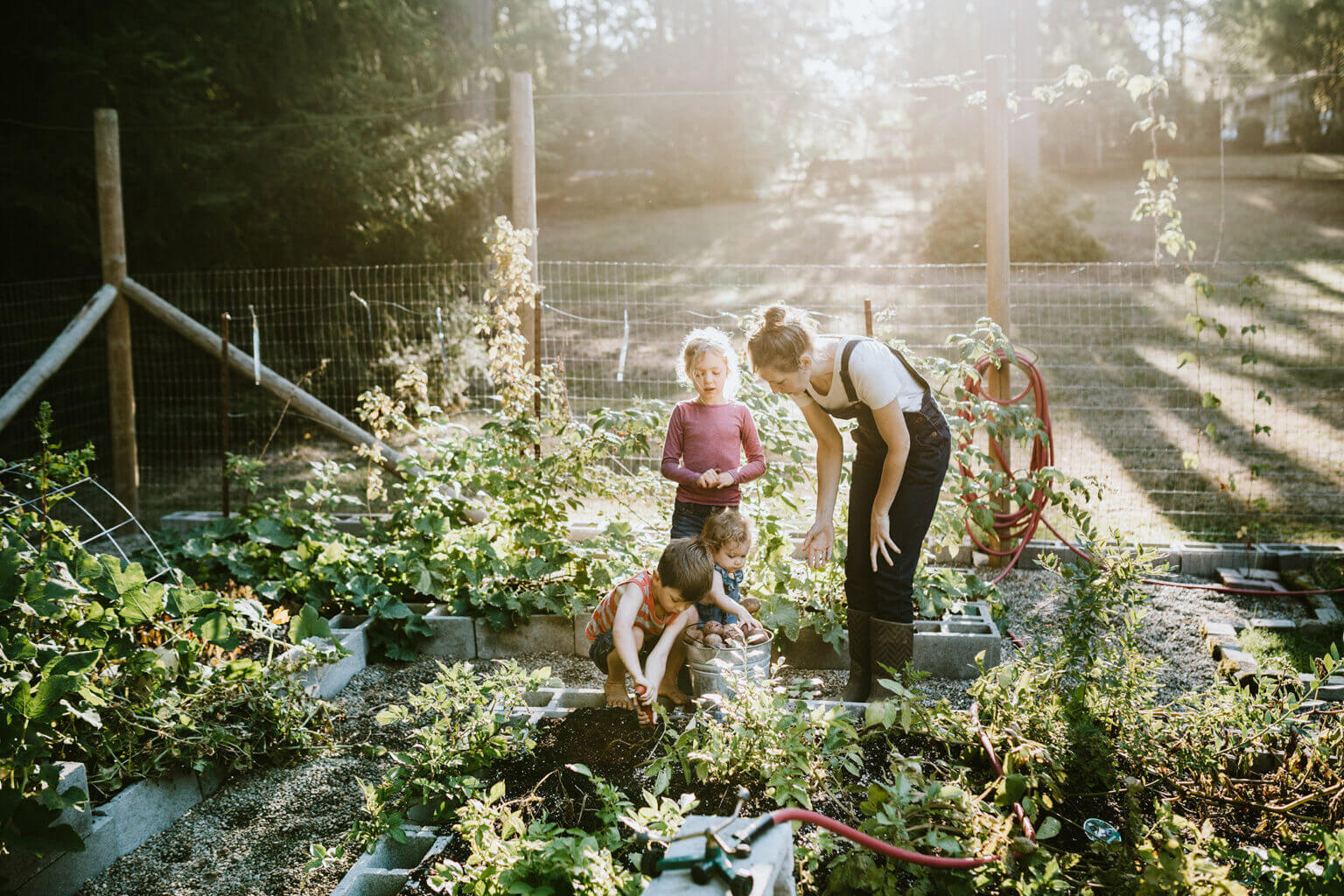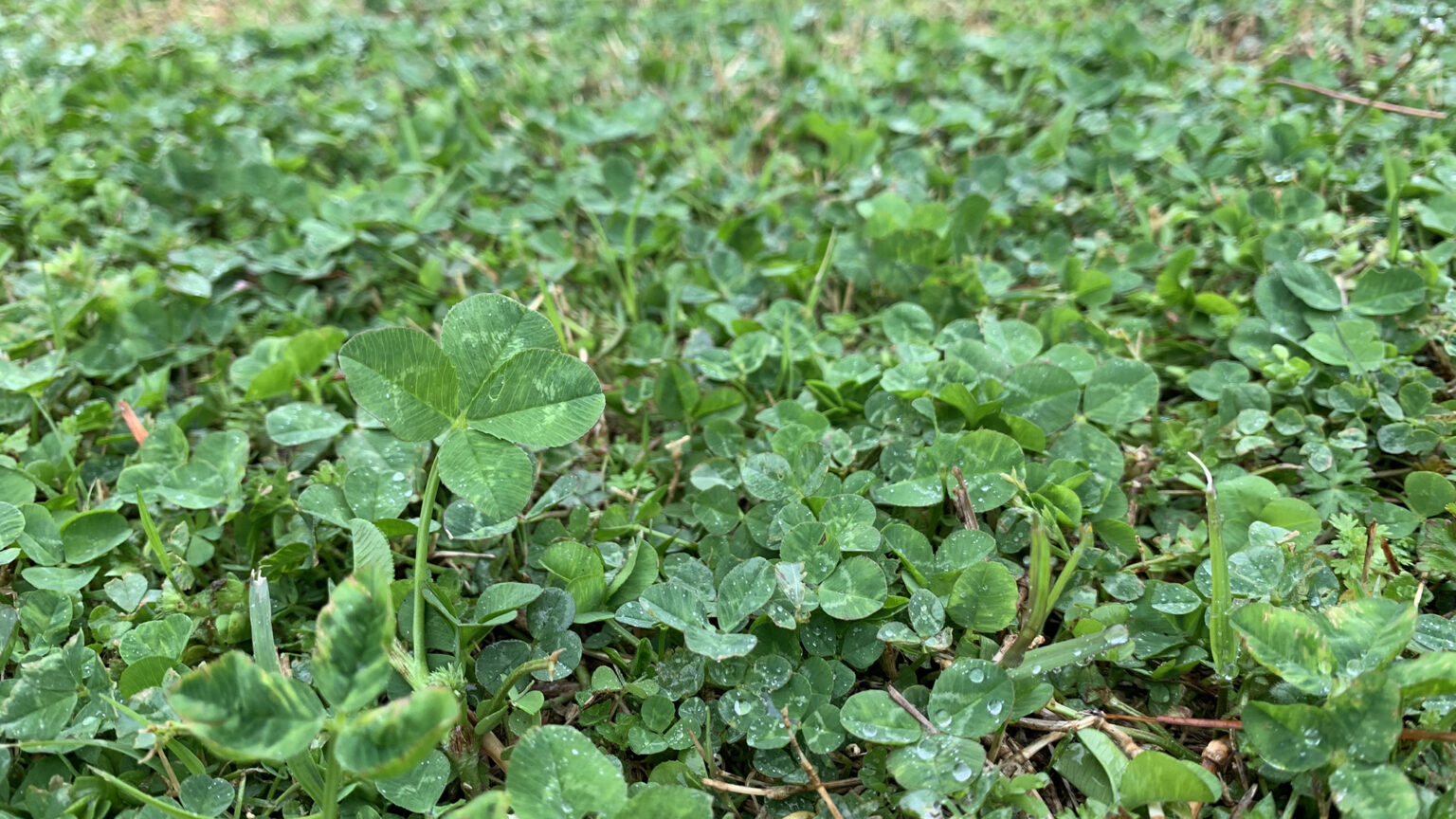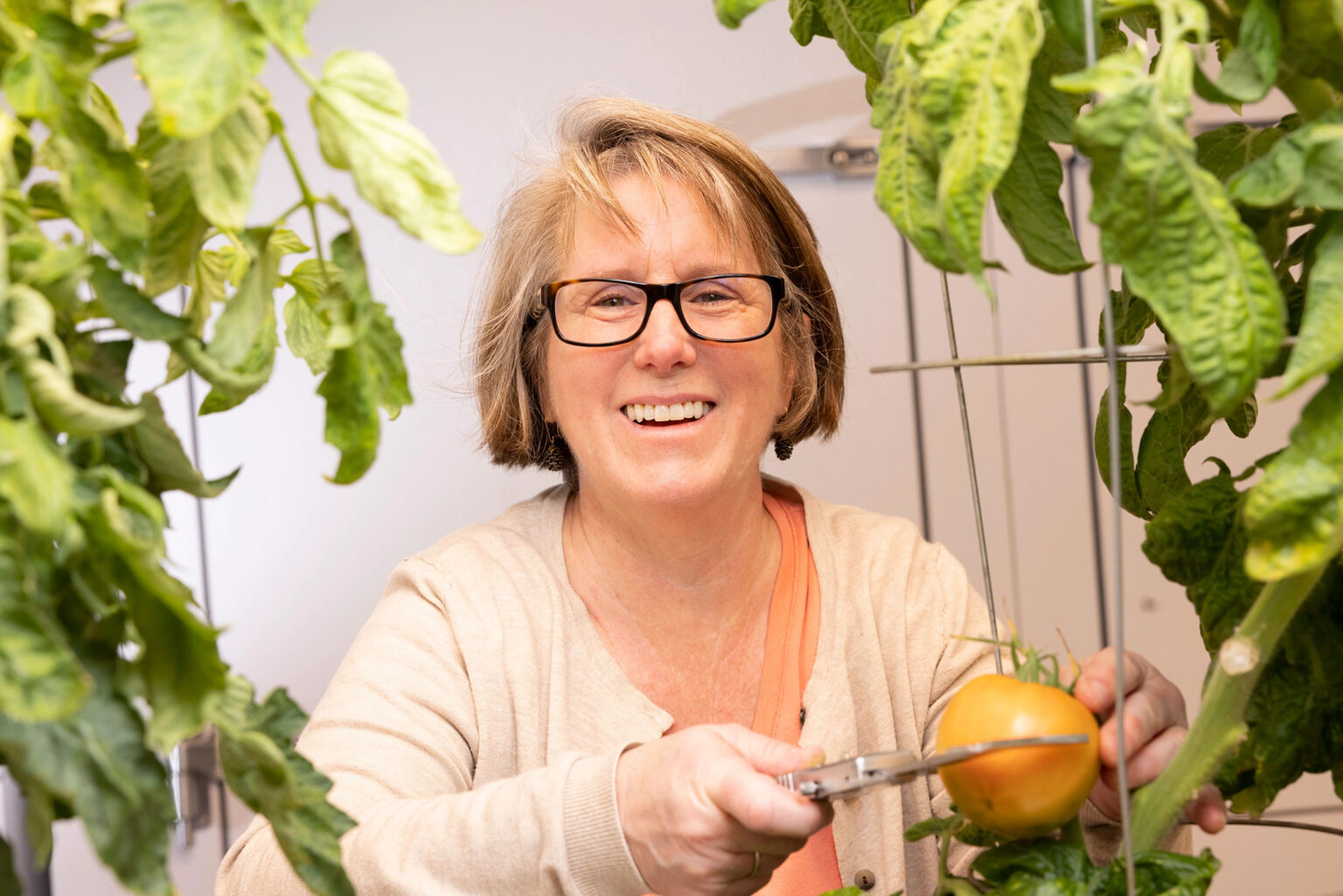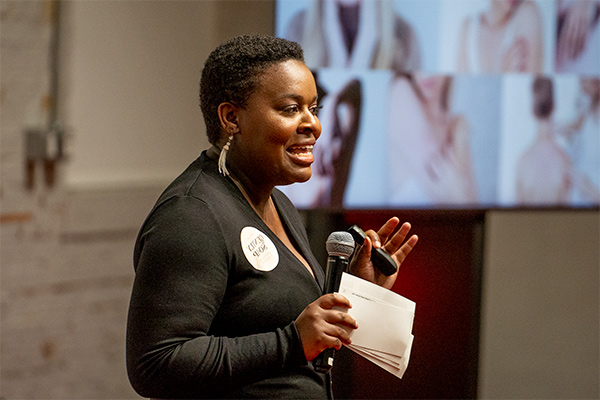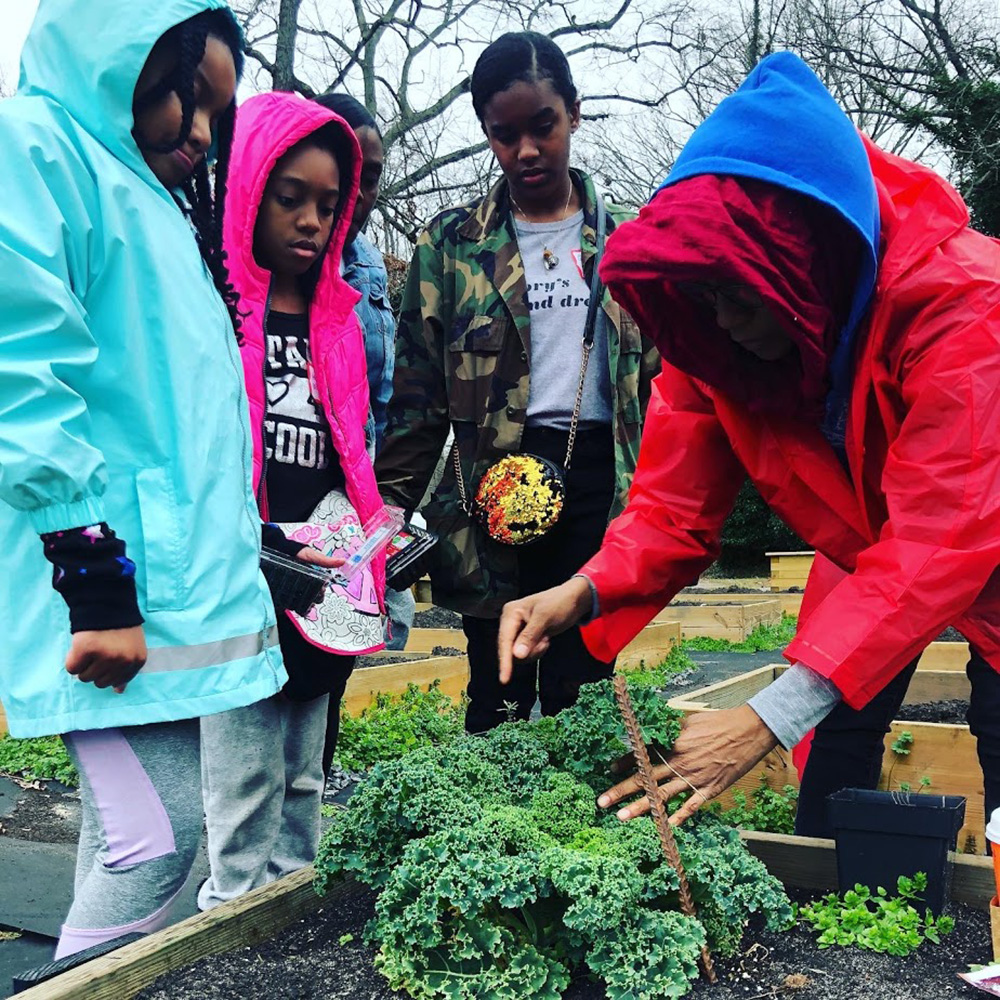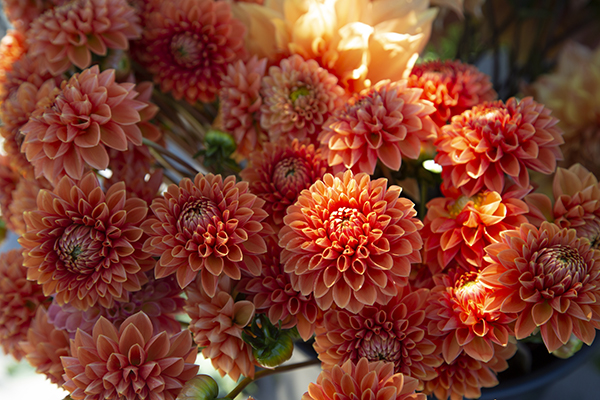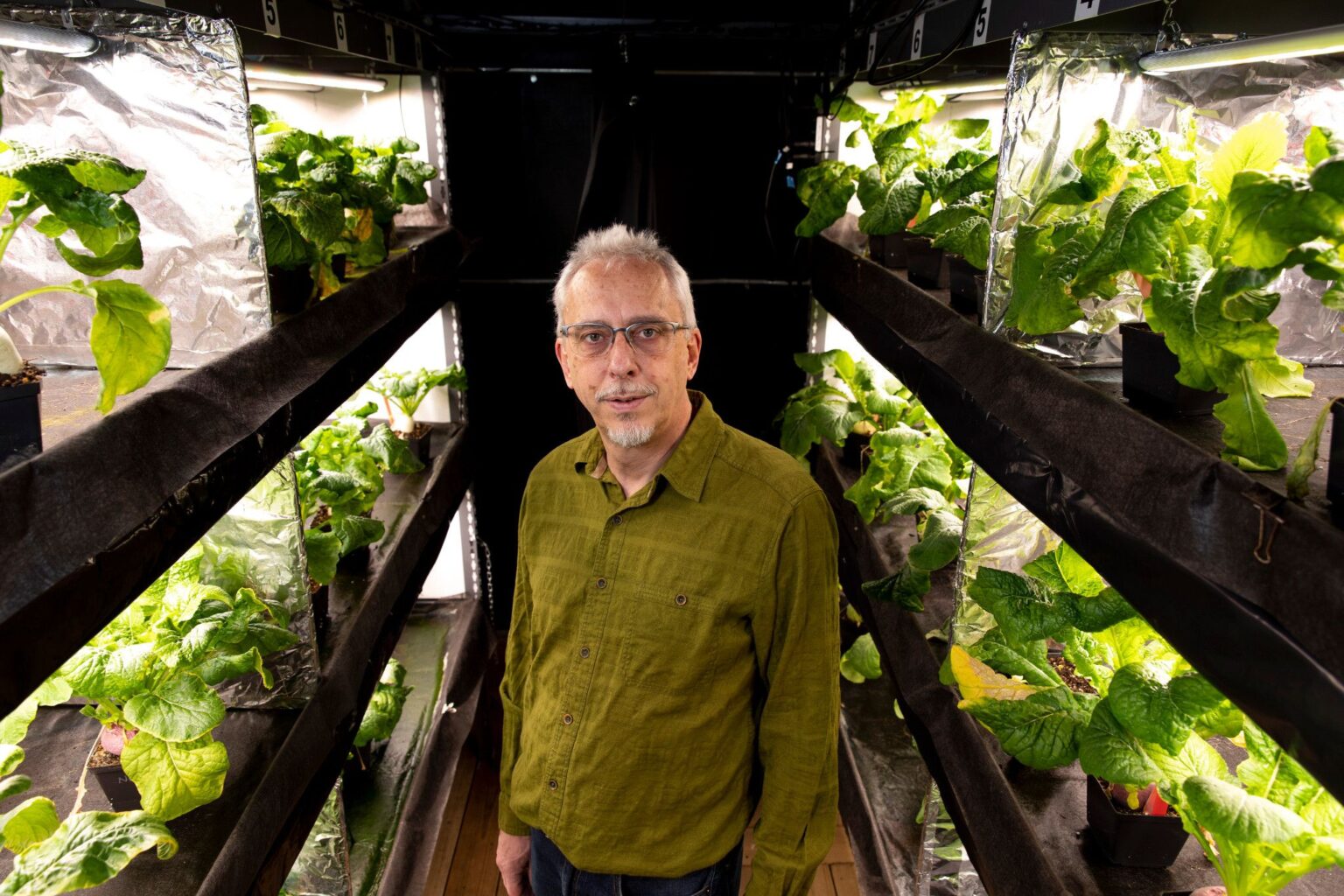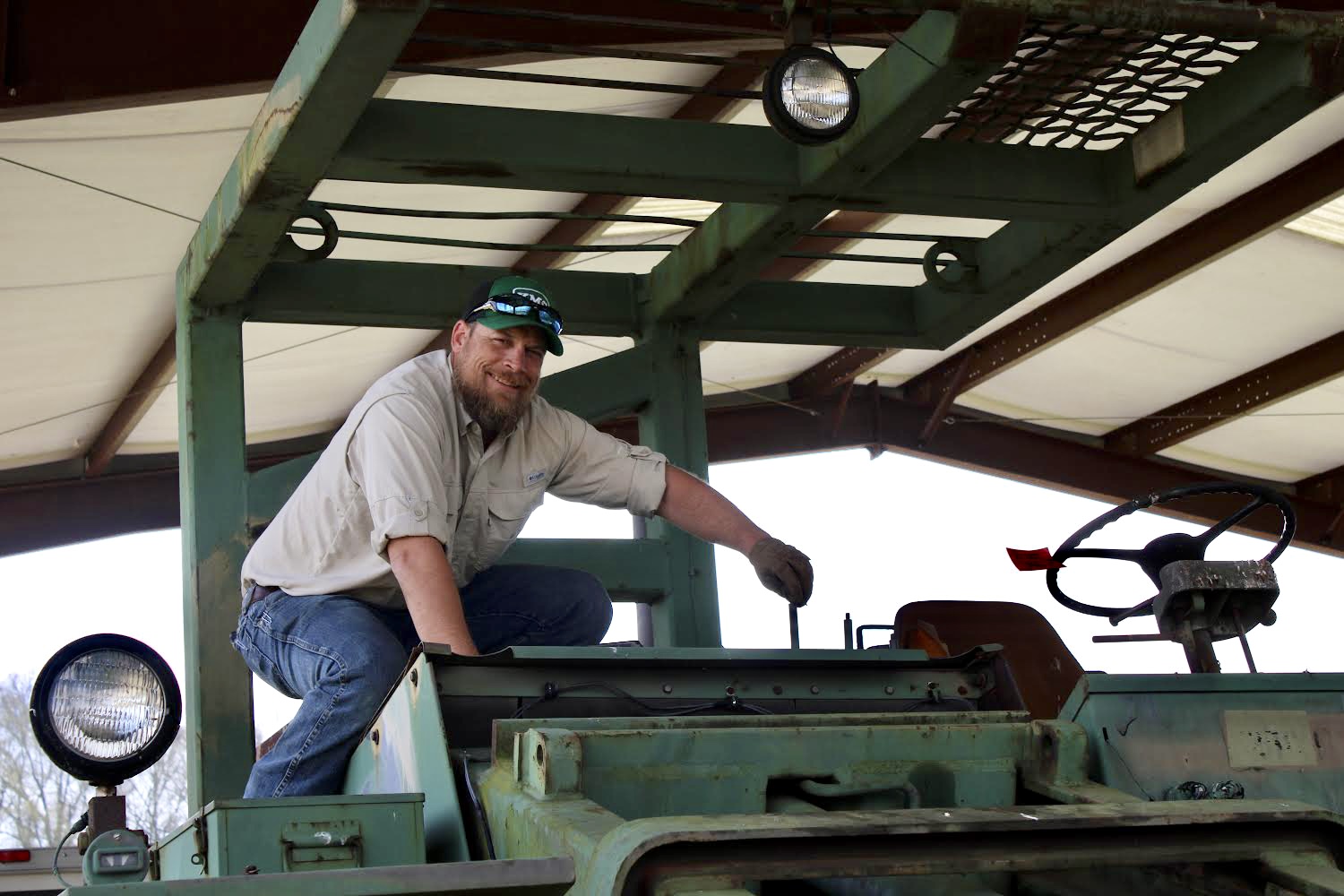 CAES News
CAES News
Seeds at Ready
The seeds of knowledge are planted every day at the University of Georgia. But the UGA Griffin campus sows seeds to store, aiding plant preservation and research at a global scale. UGA-Griffin is home to the Plant Genetic Resources Conservation Unit, part of the U.S. Department of Agriculture’s larger National Plant Germplasm System, spanning 19 sites across the U.S., plus three affiliated collections not held by the USDA.

